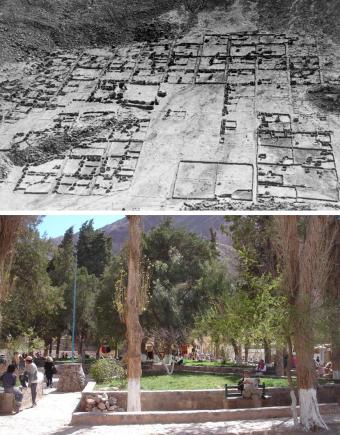PROVIDENCE, R.I. [Brown University] — A research project co-directed by Jeremy Mumford, lecturer in history, has been awarded a Digital Humanities Start-Up Grant by the National Endowment for the Humanities.
The nearly $60,000 grant will support the project “Deep Mapping the Reducción: Building a Platform for Spatial Humanities Collaboration on the General Resettlement of Indians,” which Mumford is directing with Steven Wernke of Vanderbilt University.
The project involves the collaboration of Peruvian and North American historians, archaeologists, and data visualization experts to build a “deep map” of the Peruvian reducciónes — planned towns created by the Spanish in the 16th-century Andes, in which indigenous people were forcibly resettled. Many reducciónes survive — some of the oldest rural towns in Peru, Ecuador, and Bolivia date from this campaign — while others were abandoned.
Mumford’s NEH-funded project will create the first map of the reducciónes, overlaid with historical, archaeological, and geographic information. The information will initially be collected by scholars, but will eventually be crowd-sourced by the towns’ residents and neighbors.

